In the manufacturing and metalworking industries, the metal cutting band sawing machine has established itself as an essential tool for efficient and precise cutting operations. Renowned for its versatility, durability, and ability to handle a wide range of metal types and sizes, this specialized machine plays a pivotal role in fabricating components, shaping raw materials, and streamlining production workflows. As demand grows for higher-quality metal products and faster turnaround times, understanding the features, applications, and maintenance of metal cutting band sawing machines is critical for industry players aiming to stay competitive.
What is a Metal Cutting Band Sawing Machine?
A metal cutting band sawing machine is designed specifically to cut metals of various hardness and thicknesses using a continuous loop blade. Unlike traditional saws, the band saw utilizes a thin, flexible blade made of high-speed steel or bi-metal that moves continuously around two wheels, providing smooth and uniform cuts. Its capability to cut irregular shapes, straight lines, and even curved sections with material wastage makes it highly valuable in metal fabrication shops, automotive parts manufacturing, aerospace, and heavy machinery industries.
Key Features Driving Industry Demand
Several features distinguish metal cutting band sawing machines and contribute to their widespread adoption:
Blade Versatility: Metal band saw blades come in different tooth configurations and materials tailored to specific metal types such as stainless steel, aluminum, copper, or hardened steel. This allows operators to select the blade for the job, balancing cutting speed and finish quality.
Automatic Feeding and Cutting: Modern metal cutting band sawing machines often feature programmable controls for automatic material feeding, cutting length adjustment, and blade speed regulation. This automation reduces operator fatigue, enhances precision, and increases throughput.
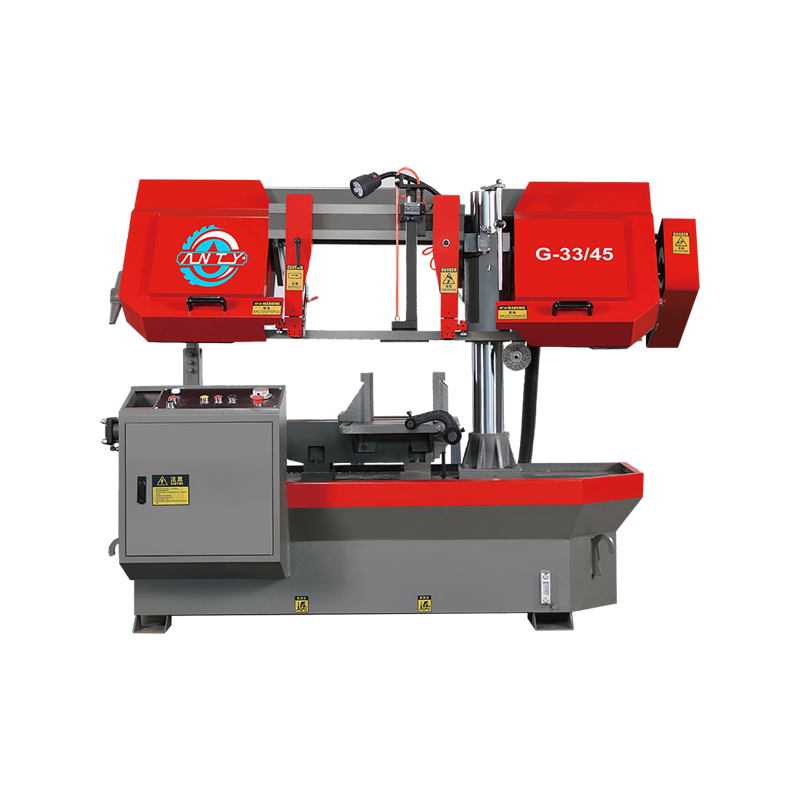
Coolant Systems: Integrated coolant delivery systems are critical in metal cutting applications to reduce blade heat buildup, prevent metal warping, and prolong blade life. These systems typically spray coolant directly onto the cutting zone during operation.
Robust Frame and Drive System: To handle the stresses of metal cutting, these machines are constructed with heavy-duty steel frames and powerful motors, ensuring stability and consistent cutting performance even under demanding workloads.
Applications Across Industries
Metal cutting band sawing machines are versatile tools that serve a broad spectrum of industries:
Automotive Manufacturing: From cutting engine components to exhaust systems, band saws help produce precise metal parts needed for vehicle assembly.
Construction and Infrastructure: Fabricating structural steel beams, pipes, and reinforcement bars often involves band sawing to ensure clean, accurate cuts.
Aerospace: High-precision metal cutting band saws are used to cut exotic alloys and titanium, critical in aerospace components.
Metal Fabrication Shops: Custom metal parts production benefits greatly from the flexibility and efficiency of band sawing technology.
Practices for Machine Performance
To keep metal cutting band sawing machines operating at peak efficiency, several practices have emerged:
Proper Blade Selection and Maintenance: Using the correct blade type and maintaining sharpness through timely replacement or resharpening is crucial to prevent overheating and maintain cut quality.
Routine Cleaning and Lubrication: Regularly cleaning metal chips and debris from the blade and machine components helps avoid mechanical issues and corrosion. Lubricating moving parts reduces friction and wear.
Monitoring Blade Tension and Alignment: Ensuring that the blade tension is and that blade wheels are aligned prevents blade drift and breakage.
Using Coolants Efficiently: Maintaining coolant levels and ensuring proper flow can dramatically extend blade life and improve cutting precision.
Challenges and Technological Innovations
Despite their advantages, metal cutting band sawing machines face challenges such as blade wear, heat generation, and material waste. To address these, manufacturers are investing in technological innovations including:
Advanced Blade Materials: Development of carbide-tipped and coated blades enhance durability and cutting speed.
CNC Integration: Computer numerical control (CNC) systems enable precise control over cutting parameters, allowing complex cuts with human intervention.
Smart Monitoring Systems: Sensors embedded in machines can track blade condition, machine vibrations, and temperature to predict maintenance needs, reducing unplanned downtime.



 english
english Русский
Русский Español
Español Русский
Русский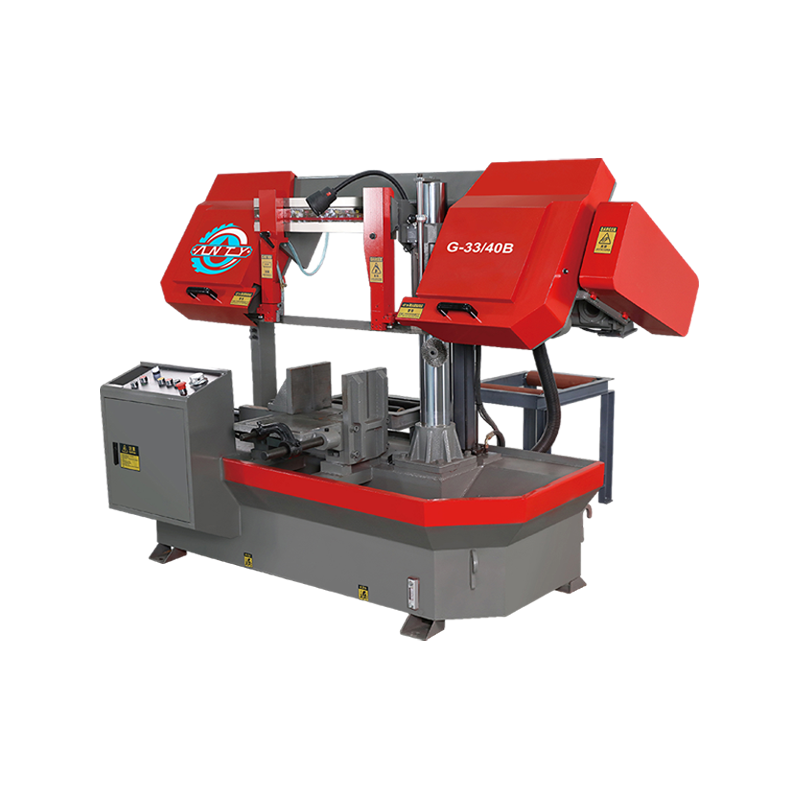
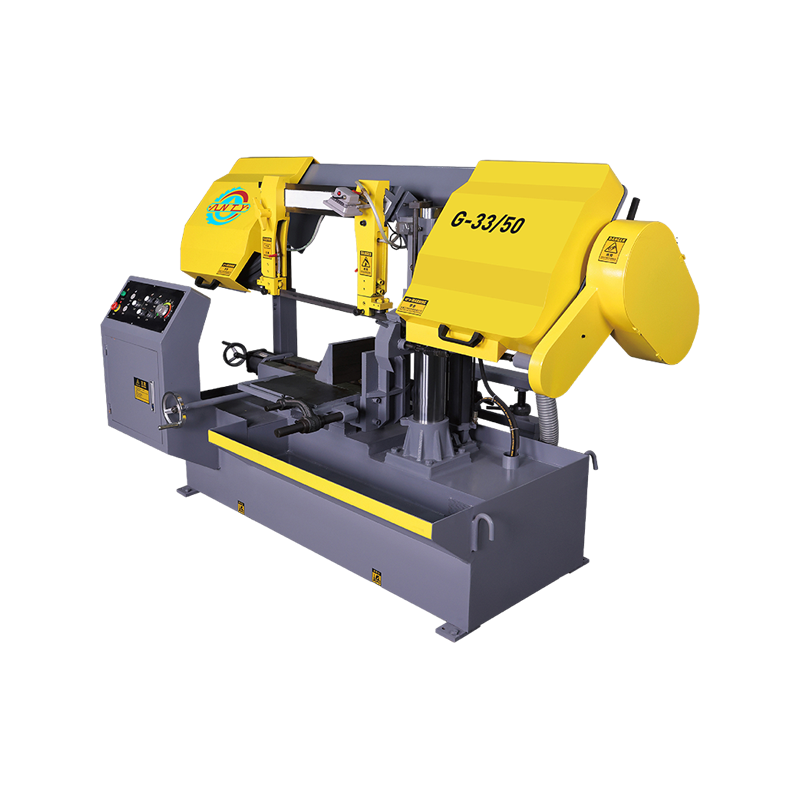
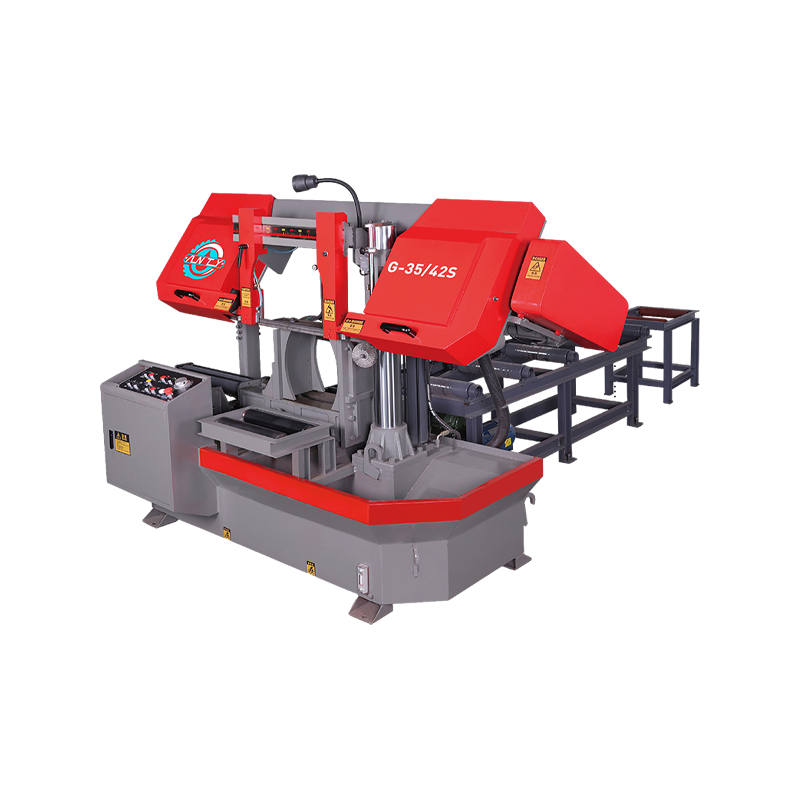
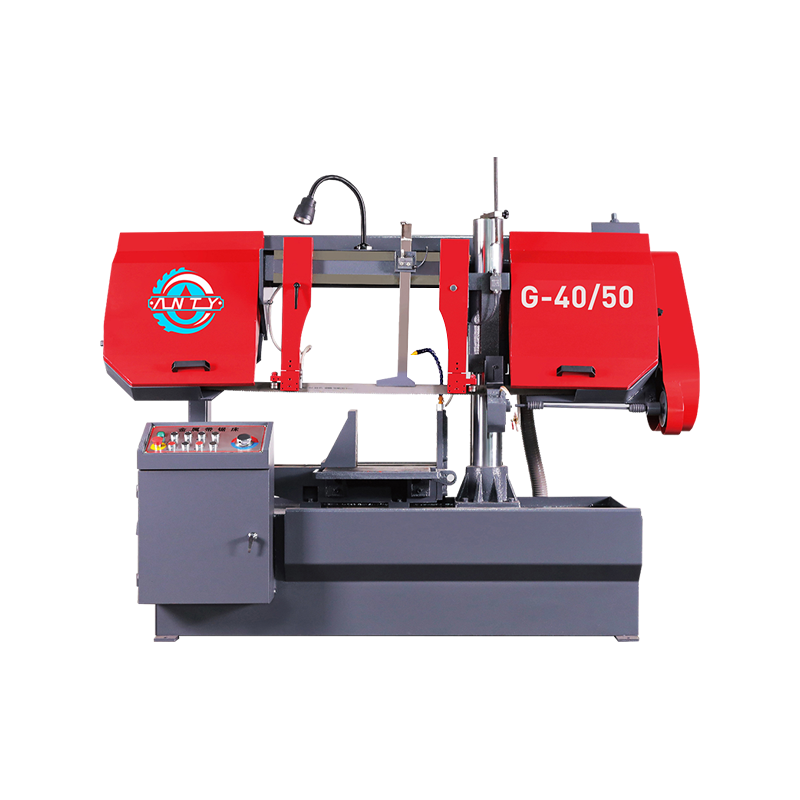
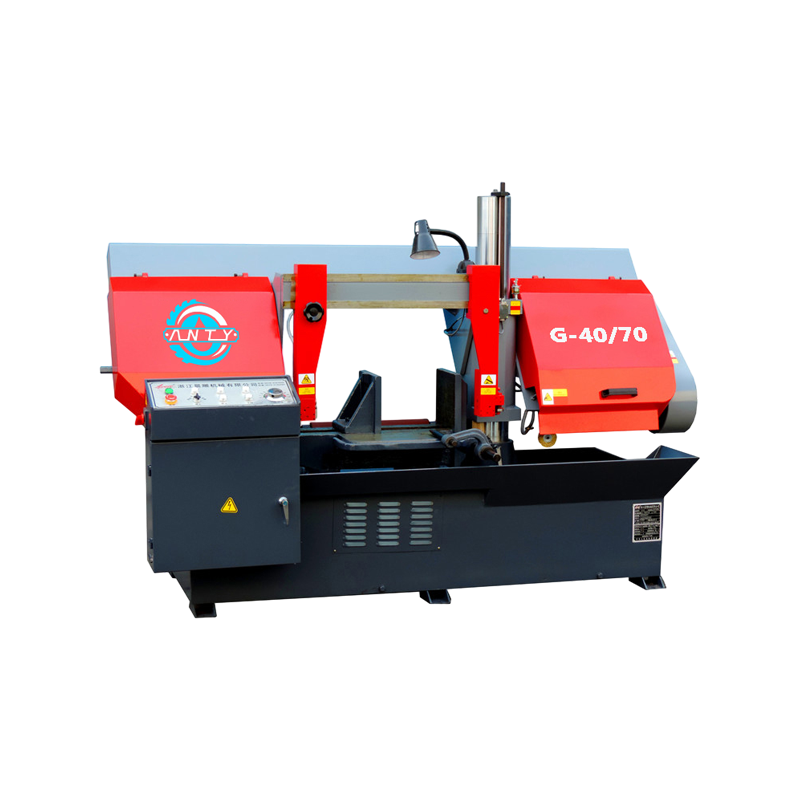
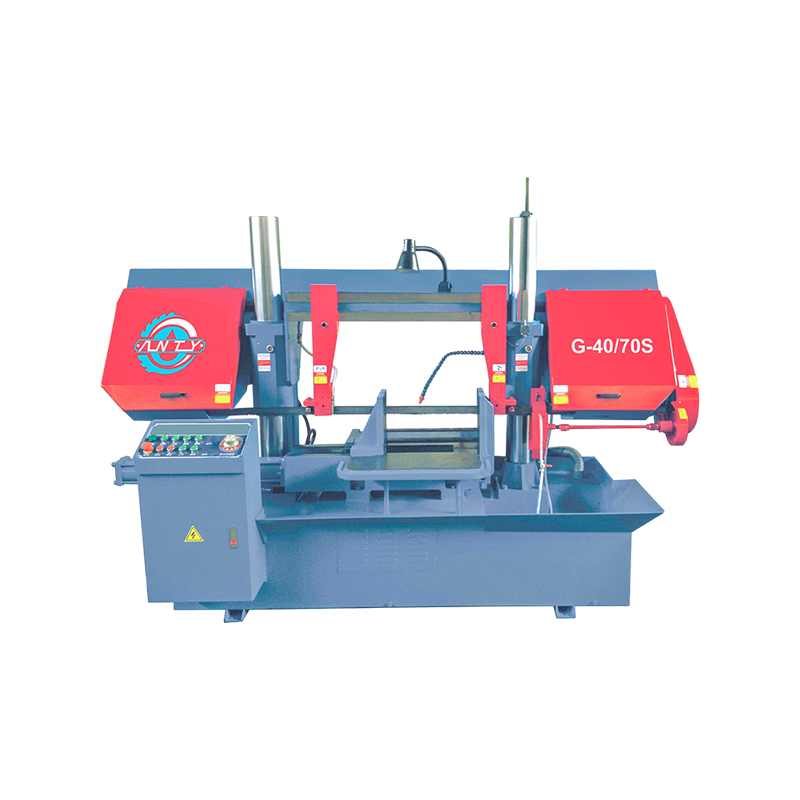

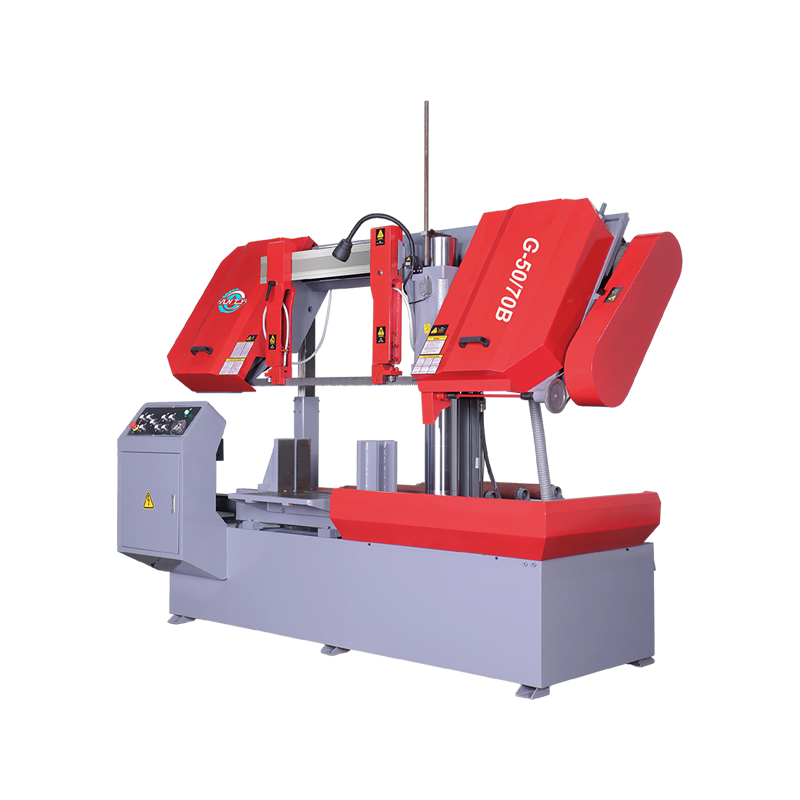
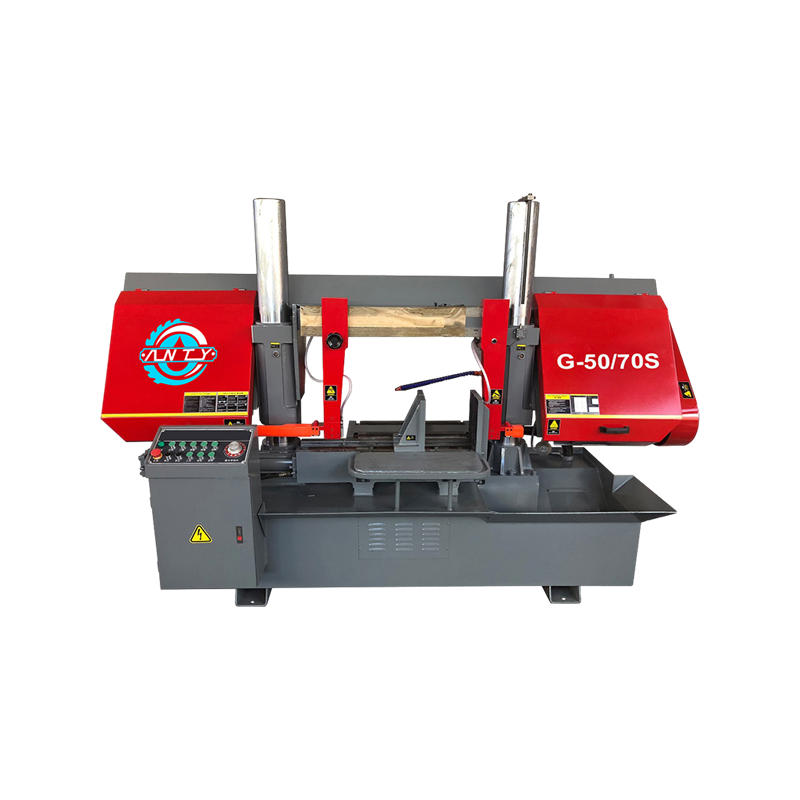
 CONTACT US
CONTACT US